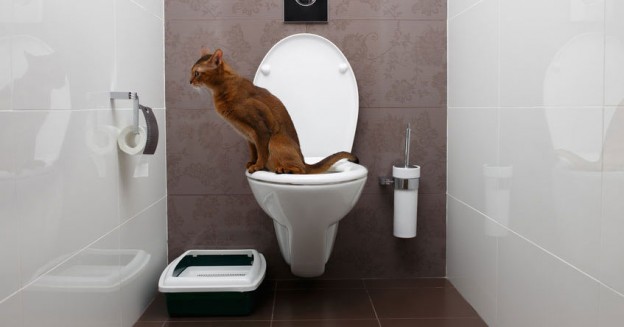How You Have to Avoid Flushing Animal Waste Down the Toilet
How You Have to Avoid Flushing Animal Waste Down the Toilet
Blog Article
Just how do you really feel when it comes to 10 Things You Should Never Flush Down The Toilet?

When it pertains to getting rid of waste, specifically animal waste, many individuals commonly resort to the hassle-free option of flushing it down the toilet. However, this relatively very easy remedy can have major consequences for the atmosphere and public health. In this short article, we'll discover why flushing animal waste down the commode is a poor idea and give alternate approaches for proper disposal.
Introduction
Correct garbage disposal is vital for maintaining ecological sustainability and public health. While it may seem safe to flush animal waste down the commode, it can bring about various concerns, both for the setting and human well-being.
Threats of flushing animal waste
Ecological impact
Flushing pet waste presents damaging bacteria and virus right into waterways, which can adversely impact marine communities. These virus can contaminate water sources and injury marine life, interrupting delicate communities.
Public health concerns
Pet waste includes damaging microorganisms such as E. coli and Salmonella, which can pose major wellness threats to people. Flushing animal waste down the bathroom can infect water materials, leading to the spread of diseases and infections.
Alternatives to flushing
Instead of purging animal waste down the bathroom, there are several different disposal approaches that are much more environmentally friendly and hygienic.
Composting
Composting pet waste is an environmentally friendly way to get rid of it. By composting, organic matter is broken down right into nutrient-rich soil, which can be utilized to fertilize gardens and plants.
Land fill disposal
Throwing away pet waste in a garbage dump is an additional option. While not as eco-friendly as composting, it is a much safer choice to flushing, as it prevents the contamination of water sources.
Family pet garbage disposal systems
There are customized family pet garbage disposal systems available that safely and hygienically deal with animal waste. These systems commonly make use of enzymes to break down waste and get rid of smells.
Steps to appropriate animal garbage disposal
To guarantee correct disposal of pet waste, adhere to these steps:
Scooping and getting waste
Consistently scoop and bag pet waste making use of biodegradable bags. This protects against waste from polluting the setting.
Using marked waste containers
Dispose of bagged animal waste in designated waste bins, such as compost containers or land fill containers. Stay clear of flushing it down the commode in all prices.
Cleaning up can and pet dog locations routinely
Regularly clean can and pet locations to prevent the build-up of waste and germs. Usage pet-safe cleansing items to preserve health.
Advantages of appropriate disposal approaches
Adopting proper disposal methods for animal waste offers a number of benefits:
Minimized environmental pollution
Correct disposal methods decrease the danger of environmental pollution, safeguarding rivers and communities from contamination
Decreased threat of water contamination.
By avoiding flushing animal waste down the toilet, the risk of water contamination is substantially reduced, safeguarding public health.
Boosted sanitation and hygiene
Appropriate disposal methods promote far better hygiene and health, developing a safer setting for both humans and pets.
Conclusion
In conclusion, flushing pet waste down the bathroom is hazardous to the setting and public health. By embracing alternate disposal techniques and complying with appropriate waste management techniques, we can decrease the negative impact of pet waste and add to a cleaner, much healthier planet.
What To Do With Dog Poo – The Do's And Don'ts Of Disposing Of Faeces
Dog poo bins
Some councils provide dedicated dog waste bins in popular dog-walking areas that can take dog poo that has been bagged but you can legally dispose of dog waste in any public litter bin, as long as it is securely bagged. This also applies to your wheelie bin at home.
Do not flush
Water companies do not recommend flushing dog faeces down the toilet because certain parasites can survive the water processing treatment and are potentially harmful to humans. You should also never consider flushing dog poo that has been bagged down the toilet as the bags will not break down and instead create severe blockages in the sewage system.
In the woods
The Forestry Commission promotes a ‘stick and flick’ method for dealing with waste in the woods. This means finding a stick and using it to flick any poo from off the path so that it is out of the way of other walkers. You could also bury it as long as it is not in an area where there might be livestock.
Livestock
Parasites found in dog poo can be transmitted to livestock if they inadvertently eat infected faeces that has been left on grazing land. This could result in the death of sheep or abortion in cattle so you should always make sure you pick up your dog’s waste in fields where livestock could be present.

I was shown that write-up about from a pal on our other blog. Enjoyed our post? Please share it. Let someone else find it. Thanks a bunch for your time. Kindly come visit our blog back soon.
Visit The Following Page Report this page